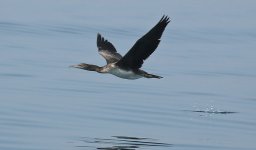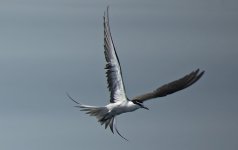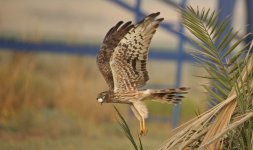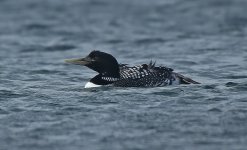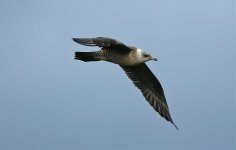
What's your top 5 for 2017?
Struggled to narrow mine down but it came down, in the end, to a combination of species, and/ or situation.
1. Grey Partridge - my all time bogey bird.
2. Golden Plover - stunning bird on Garreg Lwyd.
3. Black Throated Diver - went for a walk around Aultbea harbour with Sars, and there was an immaculate pair very close in.
4. Golden Eagle - on Mull. Flew right over the vehicle being mobbed by a Common Buzzard. Gave a great size comparison.
5. Marsh Tit - REALLY pleased to get one of these in the garden.
Some cracking birds (for me) didn't make the cut - watching a Little Bittern with my father; superb Ruff at Titchfield with Gordon and Chris, Red-footed Falcon sat 15 metres away at Strumble, Bee-eaters, Stone Curlews - a first for me; Dotterel on Garreg Lwyd, Woodchat Shrike on the Gower and having a flyby female Goshawk at the same time etc. Etc. Rock Thrush was a great bird but it was hammering down so that got ruled out for that reason. :-O
It's not as easy as you think to narrow it down to just 5.
Rich
Struggled to narrow mine down but it came down, in the end, to a combination of species, and/ or situation.
1. Grey Partridge - my all time bogey bird.
2. Golden Plover - stunning bird on Garreg Lwyd.
3. Black Throated Diver - went for a walk around Aultbea harbour with Sars, and there was an immaculate pair very close in.
4. Golden Eagle - on Mull. Flew right over the vehicle being mobbed by a Common Buzzard. Gave a great size comparison.
5. Marsh Tit - REALLY pleased to get one of these in the garden.
Some cracking birds (for me) didn't make the cut - watching a Little Bittern with my father; superb Ruff at Titchfield with Gordon and Chris, Red-footed Falcon sat 15 metres away at Strumble, Bee-eaters, Stone Curlews - a first for me; Dotterel on Garreg Lwyd, Woodchat Shrike on the Gower and having a flyby female Goshawk at the same time etc. Etc. Rock Thrush was a great bird but it was hammering down so that got ruled out for that reason. :-O
It's not as easy as you think to narrow it down to just 5.
Rich









